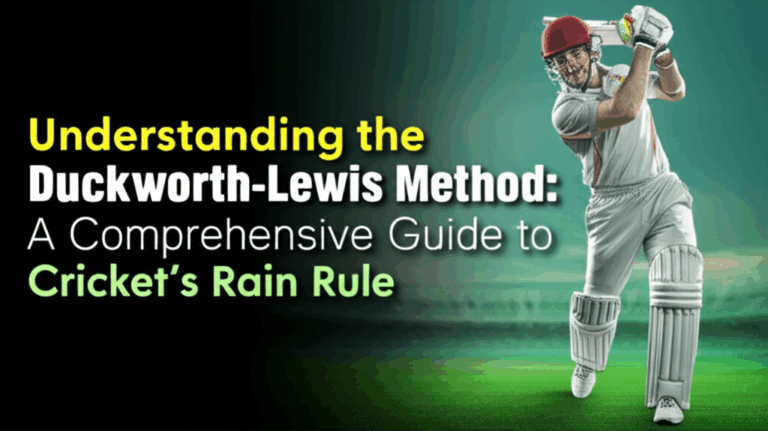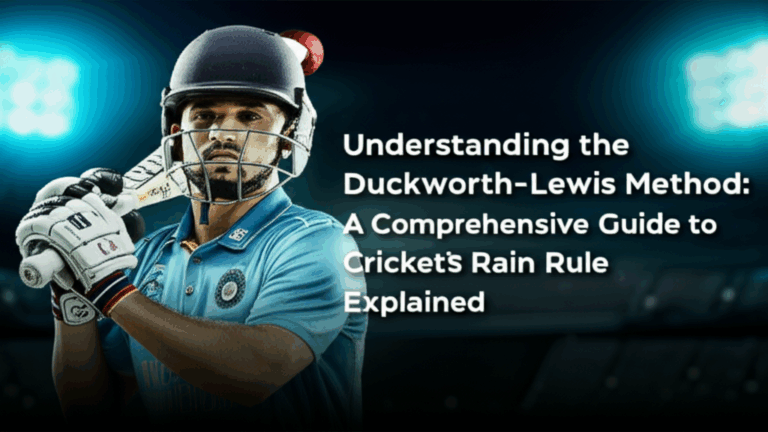
Cricket is a game of strategies, skills, and teamwork. When you step onto the field, the difference between winning and losing can often hinge on one crucial element: fielding positions. Understanding these positions not only enhances your game strategy but also elevates your team’s overall performance. Whether you’re a player aiming to sharpen your skills or a coach looking to guide your team, mastering fielding positions can be your secret weapon. In this ultimate guide, I’ll walk you through everything you need to know about cricket fielding positions, why they matter, and how to effectively implement them in your game.
Now, you might be wondering, what’s so special about fielding positions? Well, each position on the cricket field serves a unique purpose and can drastically influence the outcome of a match. Imagine a scenario where a well-placed fielder catches a crucial wicket or stops a boundary—these moments can define the trajectory of a game. In this guide, you will learn about the different fielding positions, their strategic importance, and practical applications. By the end, you’ll not only understand the theory but also be equipped to apply this knowledge on the field.
Understanding Cricket Fielding Positions
Fielding positions in cricket aren’t just random placements of players; they are meticulously designed strategies aimed at maximizing your chances of taking wickets and minimizing runs. Each position has a specific role, and knowing these roles is essential for any player or team. Let’s break down the fundamental aspects of fielding positions.
The Basics of Fielding Positions
Cricket fielding positions can broadly be categorized into three zones based on their proximity to the batsman and the bowler:
- Close-in Fielders: These players are stationed near the batsman, often within the 30-yard circle. Their primary role is to catch the ball or prevent quick singles.
- Midfielders: Positioned slightly further back, these fielders cover both ground and aerial shots, aiming to intercept boundaries and stop runs.
- Outfielders: These players are stationed at the boundary line, focusing on preventing boundaries and catching high balls.
Common Fielding Positions
Here are some of the most common fielding positions you’ll encounter in cricket:
| Fielding Position | Description | Typical Responsibilities |
|---|---|---|
| Slip | Located next to the wicketkeeper, slips are positioned to catch balls that edge off the bat. | Catching edges, supporting wicketkeeper. |
| Gully | Positioned behind the slips, the gully fielder catches balls that fly off the bat at an angle. | Quick reflex catches. |
| Point | Located on the off-side, point is crucial for stopping cut shots and catching edges. | Preventing singles, catching edges. |
| Mid-off and Mid-on | These players are positioned on either side of the pitch, close to the bowler. | Stopping drives, quick run-outs. |
| Square Leg | Positioned on the leg side, square leg fields balls played off the pads or leg glances. | Preventing boundaries, catching aerial shots. |
| Fine Leg | Located at the boundary on the leg side, fine leg is essential for stopping boundaries. | Catching top edges, preventing runs. |
Key Components of Fielding Positions
Understanding the key components of fielding positions is essential for optimizing their effectiveness. Each position’s success hinges on various factors such as player skill, game situation, and the batsman’s tendencies.
Player Skills and Attributes
Each fielder should possess specific skills that align with their position. Here are some attributes crucial for different positions:
- Reflexes: Critical for slips and gully positions where quick reactions result in crucial catches.
- Agility: Essential for close-in fielders to move quickly and adjust to the ball’s direction.
- Strong Arms: Important for outfielders who need to throw the ball back accurately to the wicketkeeper or bowler.
Understanding the Game Situation
Adapting fielding positions based on the game’s context is vital. For instance, if a team is chasing a target, you might want to be more aggressive with your field placements to contain runs. Conversely, if you’re defending a low score, you might opt for a more defensive setup.
Reading the Batsman
Every batsman has unique tendencies. Some may favor aggressive strokes towards a particular side of the field. By studying their past performances and adjusting field placements accordingly, you can increase the chances of taking wickets or stopping boundaries.
Benefits and Importance of Proper Fielding Positions
Now that we’ve established the fundamentals of fielding positions, let’s delve into why they are so crucial for your game strategy.
Enhanced Wicket-Taking Opportunities
When you have well-placed fielders, you create multiple opportunities for taking wickets. For instance, having slips in place can lead to catches off edges that may otherwise go unnoticed. This proactive approach increases your chances of getting the batsman out.
Minimizing Runs
Effective fielding positions help restrict the number of runs scored by the batting team. When fielders are strategically placed, they can cut off singles and prevent boundaries. This is especially important in limited-overs cricket, where every run counts.
Building Pressure on the Batsman
A well-thought-out fielding strategy can place immense pressure on the opposing batsman. When they know that there are fielders waiting to catch or stop runs, they might hesitate to play their shots freely, leading to mistakes.
Practical Applications of Fielding Positions
Understanding fielding positions is one thing, but applying this knowledge effectively is another. Here are some practical applications to help you master your game strategy.
Setting the Field
When setting the field, consider the bowler’s style and the batsman’s strengths. For instance, if your bowler is a pace bowler with a tendency to bowl short, placing a deep square leg might be wise, as this is where the batsman might pull the ball. Similarly, if the bowler is spinning the ball, consider placing a short leg to catch any mishits.
Adjusting Positions During the Game
Field placements should not be static; they need to evolve based on how the game unfolds. If the batsman starts scoring freely, don’t hesitate to adjust your fielding positions. Perhaps move a fielder closer to the boundary or add an extra slip if the batsman is edging frequently.
Communicating with Your Team
Effective communication is key in cricket. Make sure your team is aware of any changes in field positions. A simple shout or gesture can ensure that everyone is on the same page, minimizing confusion and maximizing effectiveness.
Frequently Asked Questions
What is the role of a wicketkeeper in relation to fielding positions?
The wicketkeeper plays a vital role in the fielding setup. Positioned behind the stumps, they not only catch balls that the batsman misses but also provide guidance to the fielders regarding positions and strategies. A good wicketkeeper can anticipate the batsman’s moves and adapt the field accordingly, creating a cohesive unit on the field.
How do I choose the right fielding positions for different bowlers?
Choosing the right fielding positions for bowlers depends on their bowling style and the batsman’s weaknesses. For fast bowlers, positions like slips and gully are crucial for catching edges. Conversely, for spin bowlers, short leg and silly point are effective to catch mishits. Always analyze the bowler’s strengths and adjust the field accordingly.
Can I change field positions mid-over?
Yes, you can change field positions mid-over, but it requires effective communication. Fielders need to be aware of the changes and adjust quickly. Making strategic changes during an over can catch the batsman off guard and lead to potential wickets.
What should I consider when placing fielders in limited-overs cricket?
In limited-overs cricket, the emphasis is on restricting runs. Therefore, you might want to place more fielders on the boundary to prevent boundaries while also having close-in fielders to catch mistimed shots. Always evaluate the batsman’s scoring patterns and adjust your field accordingly.
How can I improve my fielding skills?
Improving fielding skills involves practice and drills. Work on specific drills such as catching, throwing, and agility exercises. Participating in regular practice sessions, focusing on reflexes, and playing matches will also enhance your skills. Lastly, studying your own gameplay and seeking feedback can help you identify areas for improvement.
What is the significance of communication in fielding?
Communication is crucial in cricket, especially in fielding. It ensures that all players are aware of their positions and responsibilities. Good communication helps prevent overlap, confusion, and missed opportunities. Always maintain eye contact and use clear signals to convey changes in fielding positions.
Conclusion
Mastering cricket fielding positions is not just about knowing where to stand; it’s about understanding the game, adapting to situations, and working cohesively as a team. Each position plays a vital role in your overall strategy, and when executed correctly, can significantly enhance your chances of success on the field. As you incorporate these insights into your practice and games, remember that the key to effective fielding is constant adaptation and communication.
Now that you have a comprehensive understanding of cricket fielding positions, I encourage you to take this knowledge to the field. Experiment with different placements, communicate with your team, and watch as your game strategy evolves. Let’s make every catch count and transform your fielding into a formidable force in your cricketing endeavors!




